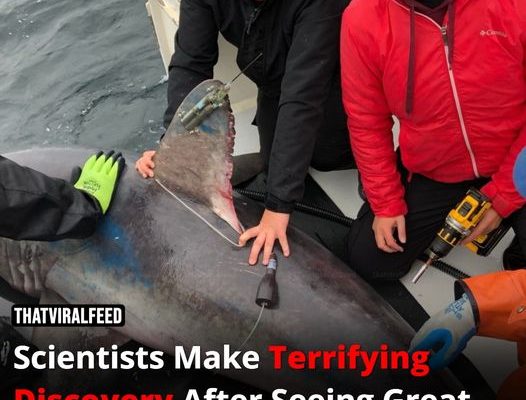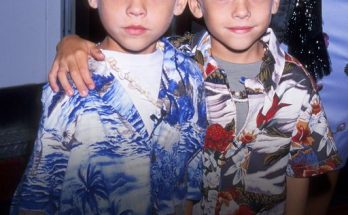Could the apex predator be turning cannibal?
However recent studies suggest that they are also targeting other shark species.

This conclusion came after marine scientists examined a pregnant female porbeagle shark found in the Bermuda Triangle.
This finding has been recognized as particularly significant by Dr. Brooke Anderson from Arizona State University.
However, this incident is more than just a display of aggression from the Great Whites.
It’s especially troubling because porbeagle sharks are an endangered species.
“In one event, the population not only lost a reproductive female that could contribute to population growth, but it also lost all her developing babies.”
With such a slow reproductive rate, the species struggles to recover from decreases in its population caused by predators, recreational fishing, bycatch, and habitat destruction.

Dr. Anderson expressed concern that if such predation is more common than previously believed, it could have serious repercussions for the already vulnerable porbeagle shark population, which has historically suffered from overfishing.
One of the tagged sharks, a pregnant porbeagle, provided data that suggested she had been attacked and consumed by a large predator, with her tracker eventually surfacing in the ocean.
She added that the responsible predator was likely either a Great White or a Shortfin mako shark.
She believes this research is crucial for understanding the broader impacts such interactions might have on the ecosystem.



